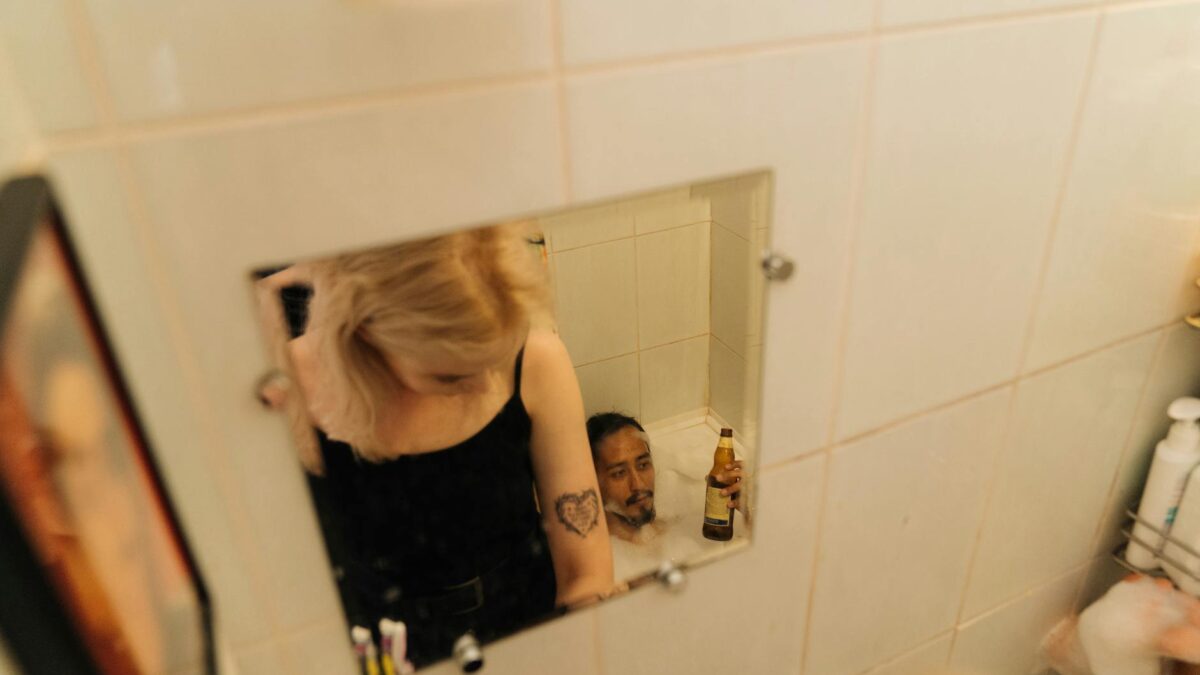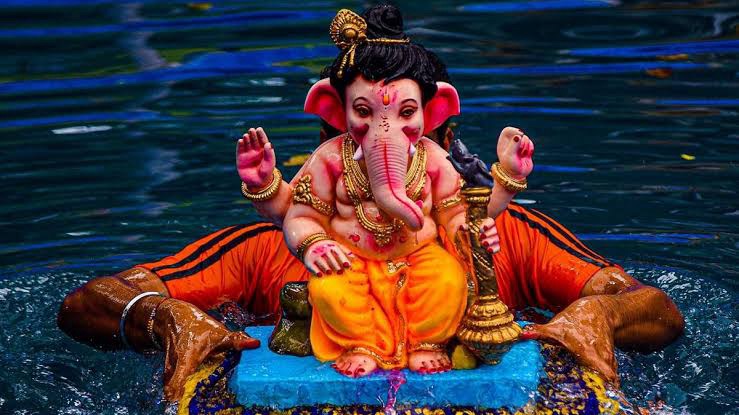
Durga Puja is a blissful Hindu festival that honours Goddess Durga, primarily celebrated by the Bengali community in India and worldwide, especially in states like Odisha, Jharkhand, Bihar, Assam, and the heartland of West Bengal. This four-day extravaganza comes at the end of the nine-day Navratri festival, another celebration dedicated to the divine Goddess.
In 2023, Durga Puja begins on October 20 with Shashti, and the festivities continue through Saptami on October 21, Ashtami on October 22, Navami on October 23, and finally, Vijaydashami on October 24.
To break it down even further:
- October 20: This day sees the worship of Devi Katyayani, and in Bengal and other regions, the unveiling of Durga Pratima.
- October 21: Saptami, also known as Saraswati Puja, is devoted to Devi Kalratri.
- October 22: Durga Ashtami is dedicated to Devi Mahagauri.
- October 23: Navratri 2023 concludes on Maha Navami, honoring Devi Siddhidatri.
- October 24: People celebrate Durga Visarjan and Vijayadashami, marking the end of the nine-day fast.
Durga Puja 2023: A Glimpse into History and Significance
Durga Puja celebrates Goddess Durga, the consort of Lord Shiva. Legend has it that she vanquished the demon Mahishasura, who believed he was invincible and could never be defeated by a woman.
This vibrant festival kicks off with Maha Shashti, but the preparations start even earlier with Mahalaya, the last day of the dark fortnight of the Ashvin month in the Hindu lunar calendar. During Durga Puja, it’s believed that the Goddess visits her ‘paternal house’ on Earth, accompanied by her children, Lord Ganesh, Lord Kartik, Goddess Lakshmi, and Goddess Saraswati.
One of the most significant rituals is Ghatasthapana, signifying the commencement of the celebrations.
Durga Puja is not just a religious occasion; it’s also a cultural extravaganza. Bengalis traditionally fast during the daytime and enjoy sumptuous feasts in the evening. The streets are lined with food vendors selling authentic Bengali cuisine. Inside the ‘pandals’ (temporary structures set up to worship the Goddess), devotees are expected to maintain a vegetarian diet, especially during the various rituals.
The special ‘bhog’ offered to the Goddess is a delightful vegetarian spread, including khichdi, fritters, mixed vegetable sabji, and tomato chutney.
Dance, music, recitations, arts, and even light sports events are woven into these four days of festivities. People dress in their finest attire, celebrating the Goddess’s power and grace.










